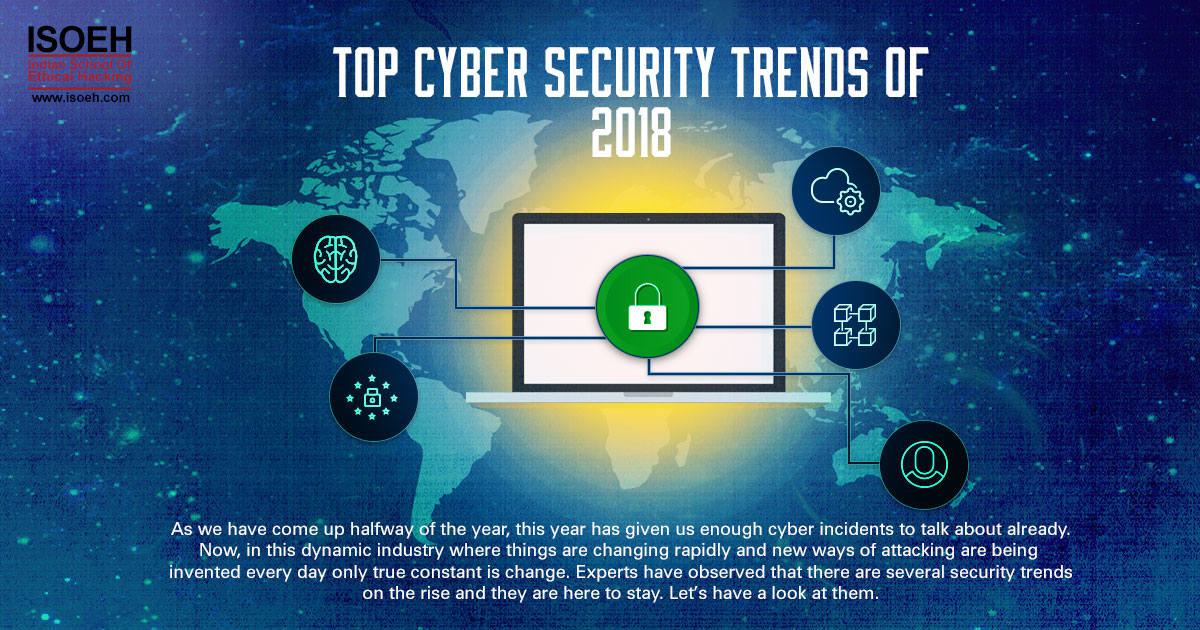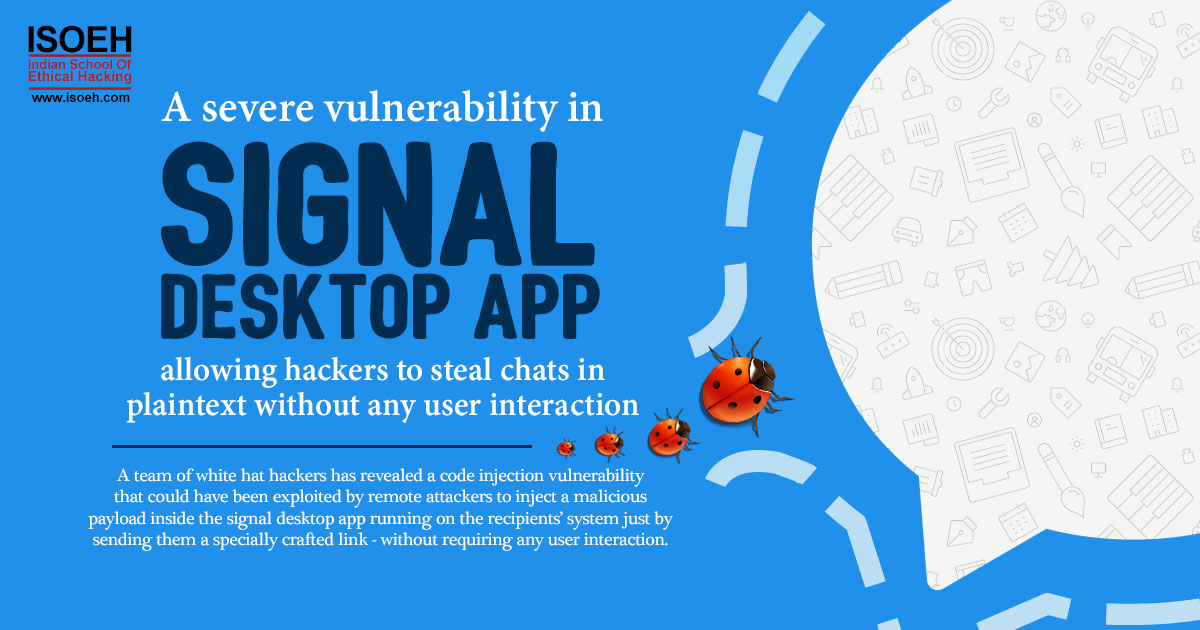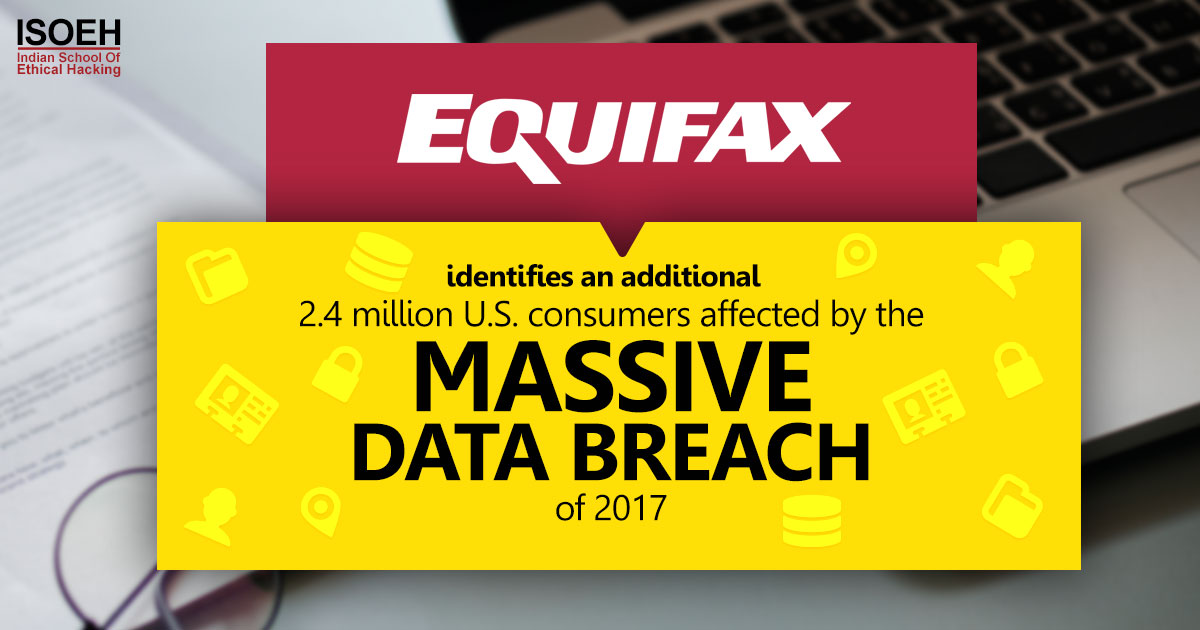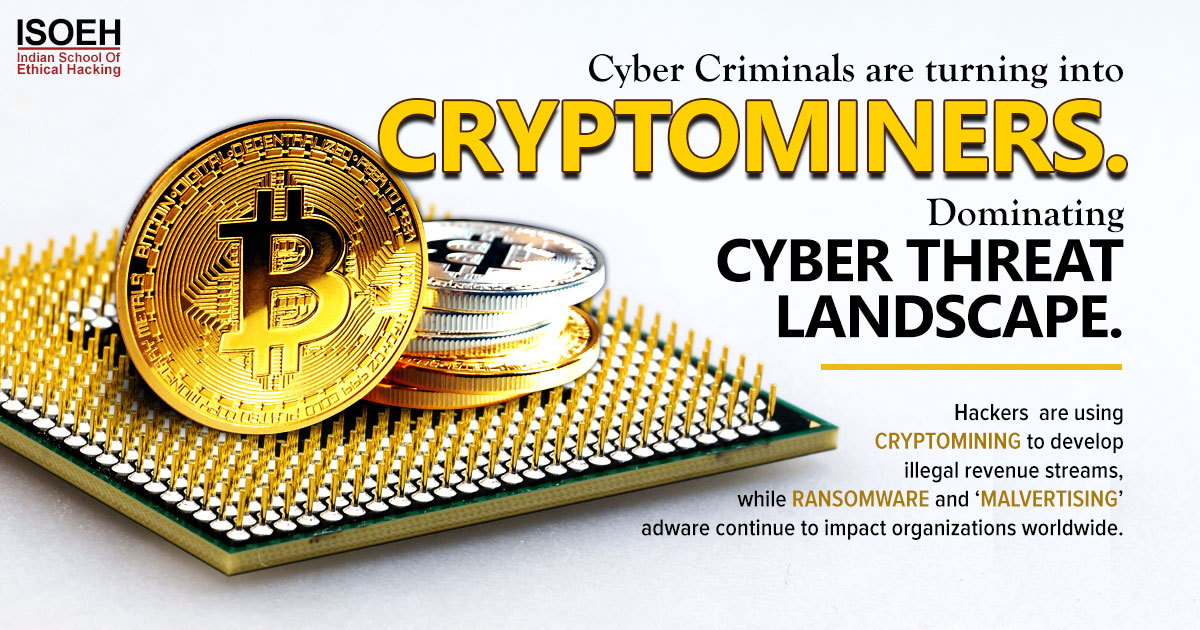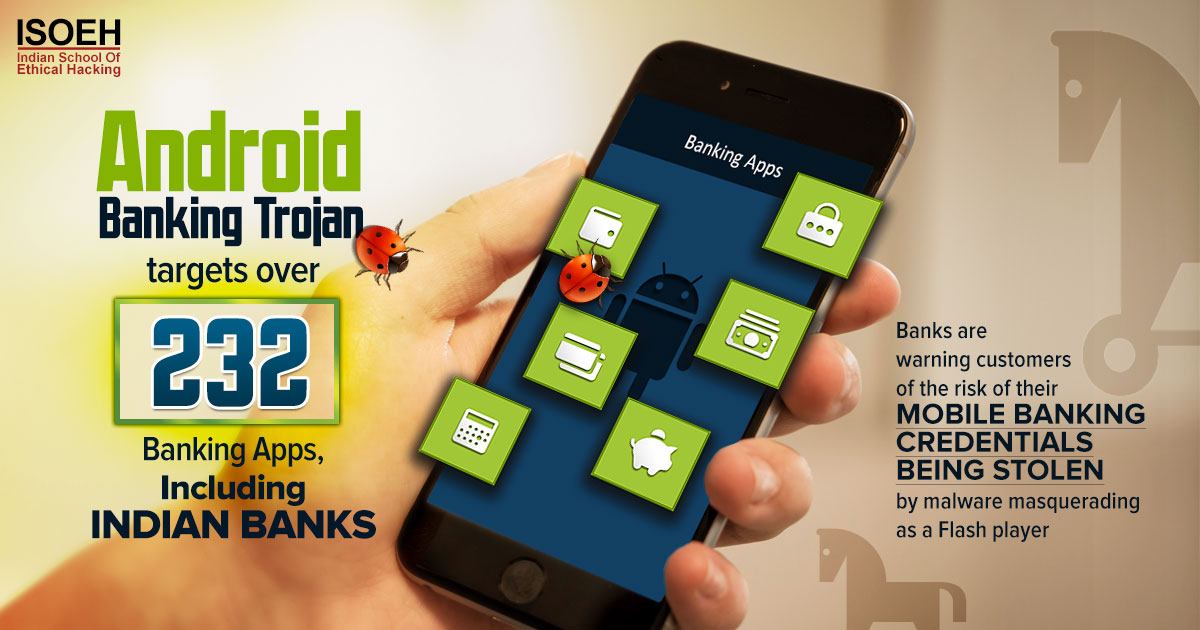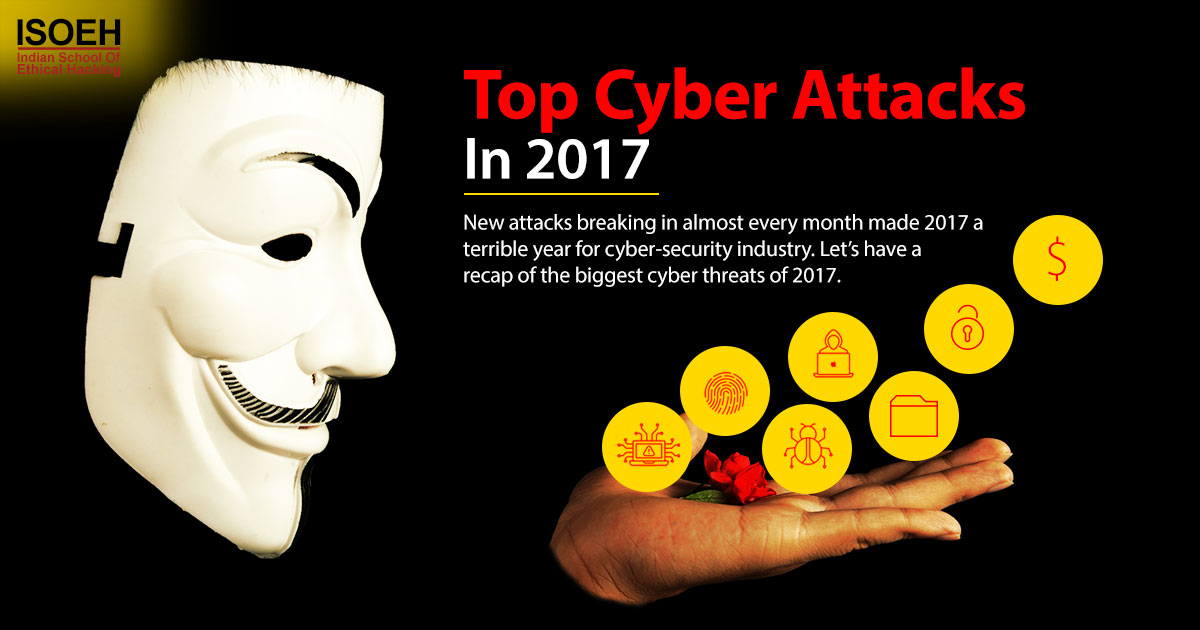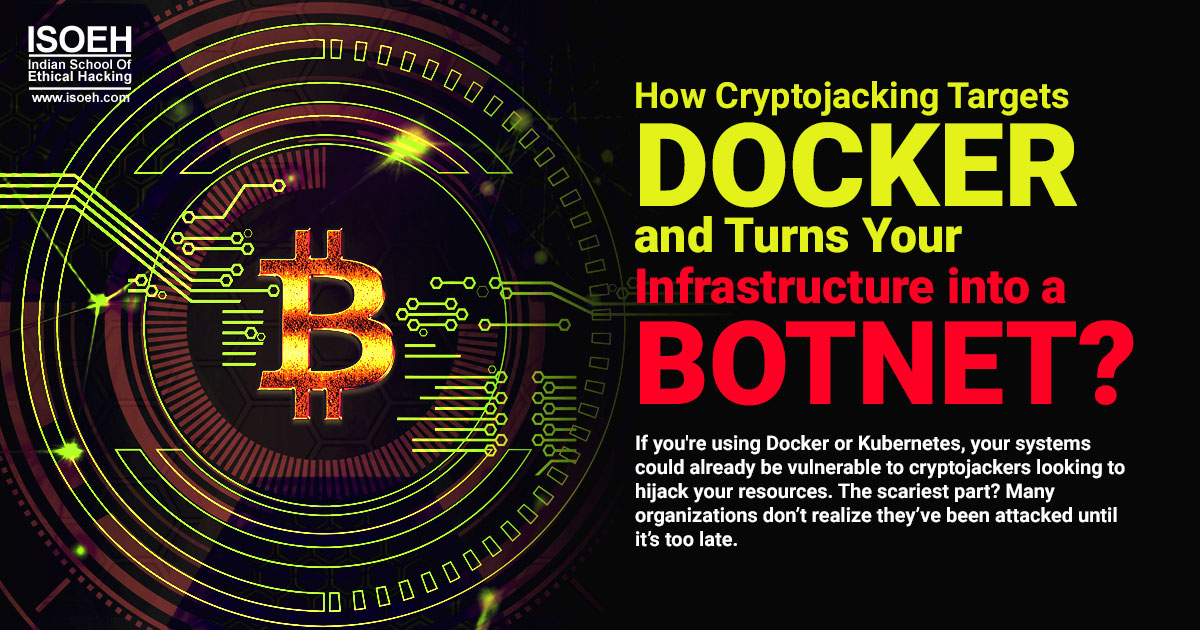
Is Your Docker API Safe from Cryptojacking? Find Out Before It's Too Late!
In recent news, a rising form of cybercrime has taken the world of containerized applications by storm—cryptojacking attacks exploiting Docker APIs. If you're using Docker to manage your applications or infrastructure, you're at risk of unknowingly becoming part of a malicious botnet that mines cryptocurrency for hackers. But what is cryptojacking, and why is Docker a prime target for these attacks?
Let's dive into the mechanics of cryptojacking and explore how cybercriminals are using Docker APIs to create dangerous Swarm botnets. By the end of this article, you'll know how to protect yourself and why this trend is rapidly growing.
What is a Cryptojacking Attack?
Cryptojacking is when hackers secretly hijack your computing power to mine cryptocurrency—without your knowledge or consent. This type of attack doesn't necessarily damage your data but can severely affect system performance and energy consumption. Your CPU gets overloaded with mining processes, causing slowdowns and higher energy bills.
Imagine running your business as usual, but behind the scenes, someone is using your resources to make money. This is cryptojacking in a nutshell, and it's becoming a favored method among cybercriminals due to its stealthy and profitable nature.
Why is Docker API a Target?
Now, you may wonder—why are hackers targeting Docker, a popular tool used to create, deploy, and manage containers? The answer lies in the Docker API. Docker allows users to interact with the containers via an API (Application Programming Interface). Unfortunately, if the Docker API is left exposed or misconfigured, it becomes a goldmine for hackers.
In most cryptojacking attacks, hackers scan for open Docker API endpoints and, once found, take control of them to deploy containers that mine cryptocurrency. Since Docker is often used in cloud environments and DevOps pipelines, an attack can quickly scale and affect multiple systems.
What is a Swarm Botnet?
A botnet refers to a network of compromised computers controlled by a hacker. In the case of a Docker-targeted cryptojacking attack, hackers aim to create a "Swarm Botnet." Docker has a feature called "Swarm," which allows you to manage a group of Docker engines as a single cluster.
Attackers exploit this feature to deploy malicious containers across the cluster, turning your Docker infrastructure into a mining factory for cryptocurrencies like Monero. The Swarm Botnet is essentially an army of infected Docker containers working in unison to generate profit for the attackers.
How Does the Attack Unfold?
A typical cryptojacking attack on Docker follows these steps:
- Scanning for Vulnerabilities: Hackers use tools to scan for open Docker API endpoints on the internet. If your Docker API isn't secured, it's only a matter of time before it's found.
- Gaining Access: Once they identify an exposed Docker API, attackers deploy a malicious container image. This container is configured to mine cryptocurrency, usually Monero, since it provides privacy and is hard to trace.
- Creating a Swarm Botnet: Hackers then use Docker's Swarm functionality to spread the attack across your entire infrastructure. Your systems are now part of a botnet, working tirelessly to mine cryptocurrency for the attacker.
- Stealth Mode: Cryptojacking is designed to be stealthy. It doesn't cause visible damage to your data or files, so the attack may go unnoticed for months. All the while, your systems are working for the hacker, reducing your performance and skyrocketing your energy costs.
Latest News on Cryptojacking Attacks Targeting Docker
Recent reports from The Hacker News, SecureBlink, and Vumetric reveal that attackers are increasingly focusing on Docker API vulnerabilities to launch cryptojacking campaigns. The Docker API, particularly when misconfigured or left exposed, becomes an easy target for cryptojackers.
For example, in one attack, hackers exploited Docker Swarm and Kubernetes to build a botnet capable of mining Monero. Kubernetes, another container management tool, faces similar risks, especially when default configurations are used without security hardening. The attackers use these tools' orchestration capabilities to scale their cryptojacking operations quickly, affecting businesses globally.
Additionally, researchers at SecurityLabs found that cybercriminals are using advanced automation techniques to deploy cryptojacking malware across Docker environments. The sophistication of these attacks is growing, making it imperative for organizations to review and tighten their Docker API security settings.
How Can Cryptojacking Affect Your Organization?
While cryptojacking may seem like a low-risk attack because it doesn't steal your data, the consequences can be severe. Here are some ways it can impact your organization:
- Reduced Performance: Your systems will experience a significant performance drop because the hacker's mining process uses up most of the CPU and memory resources.
- Increased Energy Costs: Mining cryptocurrency is resource-intensive, which means your power consumption will spike, leading to unexpected costs.
- System Downtime: In extreme cases, the added load can cause system crashes, leading to downtime and loss of productivity.
- Security Risks: If hackers can infiltrate your Docker API, they may also gain access to other sensitive parts of your network, opening the door for further attacks.
How to Stay Safe from Cryptojacking?
Protecting your systems from cryptojacking attacks requires a multi-layered approach. Here are some actionable steps:
- Secure Your Docker API: Ensure that your Docker API is not exposed to the internet. If it must be accessible, use firewalls and access controls to limit who can interact with it.
- Use Strong Authentication: Implement strong authentication methods, such as multi-factor authentication (MFA), to prevent unauthorized access.
- Monitor Network Traffic: Regularly monitor your network for unusual traffic patterns that could indicate mining activity. High CPU usage and unexplained network spikes are telltale signs.
- Patch and Update Regularly: Always keep your Docker and Kubernetes environments updated with the latest patches. Vulnerabilities in older versions are often targeted by attackers.
- Enable Resource Limits: Set resource limits for your containers to prevent them from consuming excessive CPU or memory. This can help mitigate the impact of a cryptojacking attack.
- Use Security Tools: There are several security tools specifically designed for container environments. Consider using tools like Aqua Security or Falco to detect and prevent cryptojacking attacks.
Are You Next in Line for a Cryptojacking Attack?
Cryptojacking attacks are becoming more prevalent, especially with the rise of containerized applications. If you're using Docker or Kubernetes, your systems could already be vulnerable to cryptojackers looking to hijack your resources. The scariest part? Many organizations don't realize they've been attacked until it's too late.
Don't wait for your systems to slow down or your energy bills to rise. Secure your Docker API, implement strong authentication, and monitor your network closely. With attackers getting more sophisticated by the day, it's not a matter of if but when they will target you.
Stay vigilant, protect your infrastructure, and avoid becoming the next victim of a cryptojacking swarm botnet.
Hacking Tools
Explore All Hacking Tools »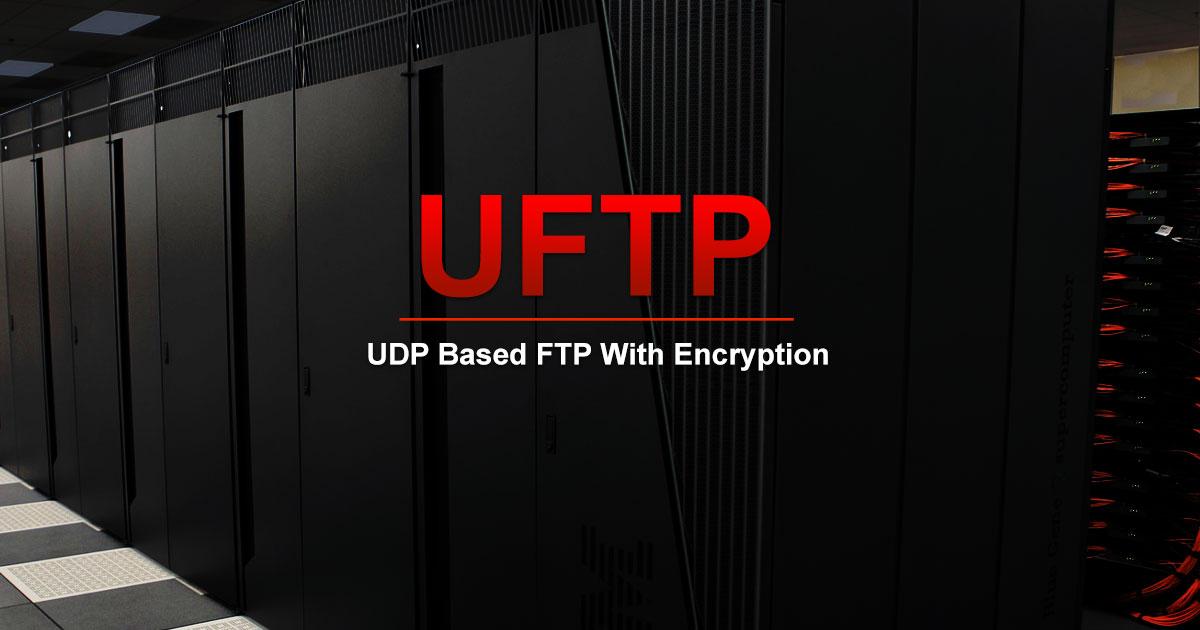
UFTP is an encrypted multicast file transfer program for secure, reliable & efficient transfer of files. It also helps in data distribution over a satellite link.
Read DetailsBreaking News
Breaking News Of Each Month »
The recent pandemic was unexpected and unknown to most part of the world. It has changed our life and we are slowly adapting to our new lifestyle. The risks associated with the new lifestyle, both personal & corporate, are unknown to most of us.
Read Details








